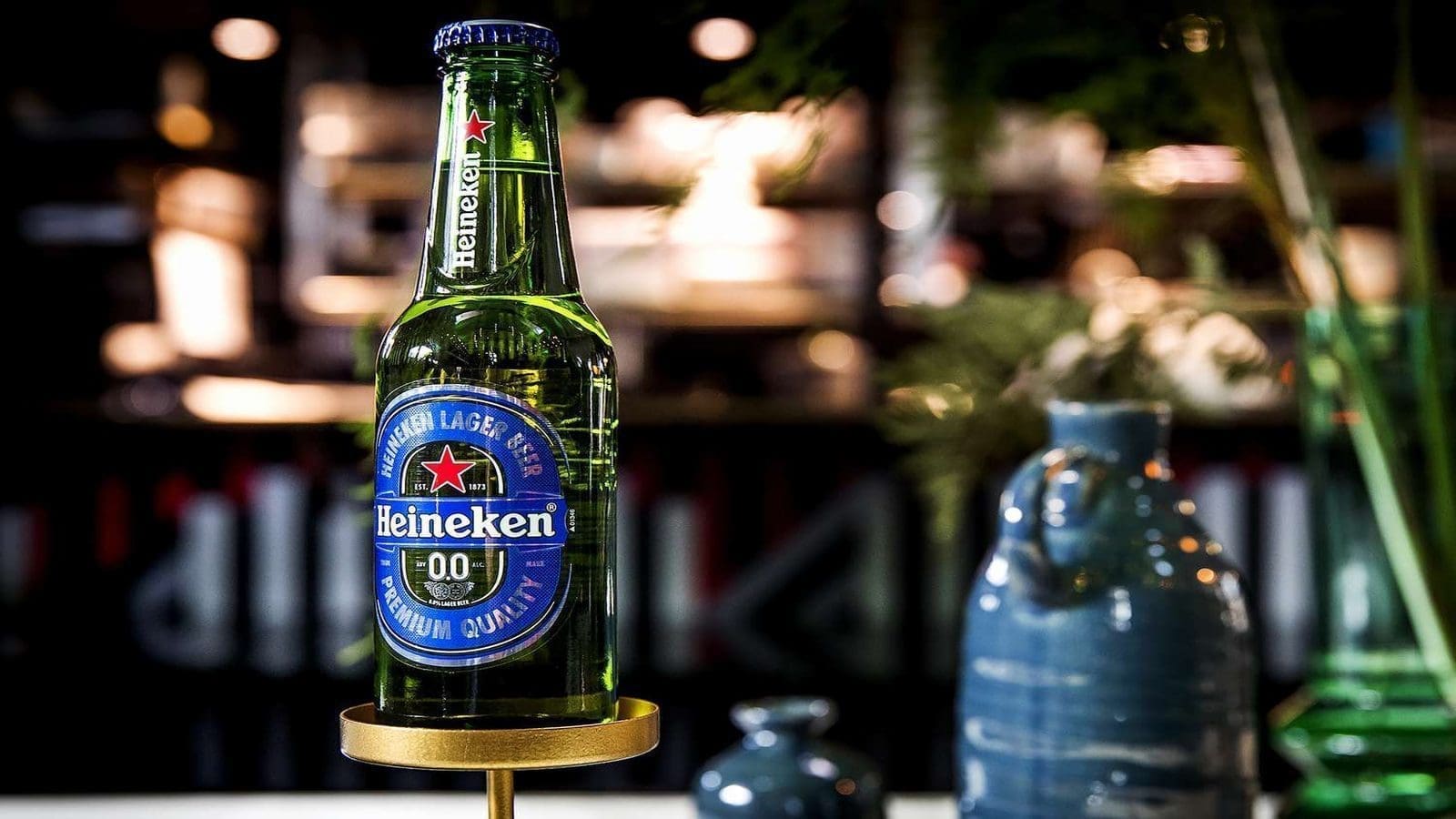EUROPE – Producing food ingredients from fish side streams has been a challenge for food manufacturers as their unsaturated fatty acids are very sensitive to oxidative degradation.
One only has a small window of time, mostly 12 hours, before oxidative degradation affects the quality of the side streams resulting in a rancid taste and odor that eventually reduces the sensory impression of both the raw material and final products.
This meant that the entire fish biomass was repurposed for low value use such as feed production despite it containing lots of prime quality muscle, which is rich in proteins and valuable omega 3 fatty acids.
Addressing the problem of rancidity in fish side streams therefore became a priority if fish side streams were to be repurposed into higher value ingredients fit for human purpose.
Solution to rancidity developed
European researchers went to work, investigating ways to reduce the rancidity of upcycled ingredients and discovered that herring fillet side-streams, using a solution containing rosemary extract and citric acid, among other ingredients could extend the time until rancidity develops.
Their findings published in the Food Control Journal show that dipping herring in this solution prior to their storage at 0°C or 20°C significantly extend the time until rancidity develops.
More specifically, the time could be extended from less than half a day to more than three and a half days at 20°C, and from less than one day to more than 11 days at 0°C.
More specifically, the time could be extended from less than half a day to more than three and a half days at 20°C, and from less than one day to more than 11 days at 0°C.
“The new technology gives a valuable window of time for seafood producers to store or transport the side-streams prior to further upgrading into food ingredients,” says Ingrid Undeland, a professor at Chalmers University of Technology in Sweden and co-author of the report.
“Also, since the dipping covers the side-stream surface with a thin layer of antioxidants, these are carried over to the next process step, providing more high-quality mince, protein- or oil-ingredients.”
Results further revealed that even after re-use of the solution up to 10 times, rancidity was completely inhibited at 0°C. In addition, it was found that the solution kept the fish hemoglobin in a more stable form that is less reactive with the fatty acids, which thereby prevents oxidation.
The research is timely as it comes at a time when there is an increasing risk of a “food gap” in the current global climate. To help counter this, pressure is mounting for F&B stakeholders to reduce food waste through upcycling.
For Fish, there are techniques available for upgrading these side-streams to food ingredients such as minces, protein isolates, hydrolysates and oils, the only limit was the window period before rancidity.
A number of companies in the food industry have also developed technologies to upcycle waste streams into value-added premium ingredients.
For instance, US-based start-up Renewal Mill is transforming waste streams into value-added, premium ingredients. The company specializes in “oat okara” – a nutritious flour made from the oat pulp leftover when oat milk is produced.
Last August, researchers also found that adding peanut skins can boost milk chocolate’s antioxidant properties while upcycling waste streams, following an investigation spanning a decade.
Bread waste destined for dumpsters has also found better used and now repurposed into a medium for cultivating microbial starters for the food industry, for instance
Most recently, scientists have also developed a new way of extracting the protein fibre from brewer’s spent grain and use it to create new types of protein sources for use in the alternative protein industry.
Liked this article? Subscribe to Food Business Africa News, our regular email newsletters with the latest news insights from Africa and the World’s food and agro industry. SUBSCRIBE HERE











